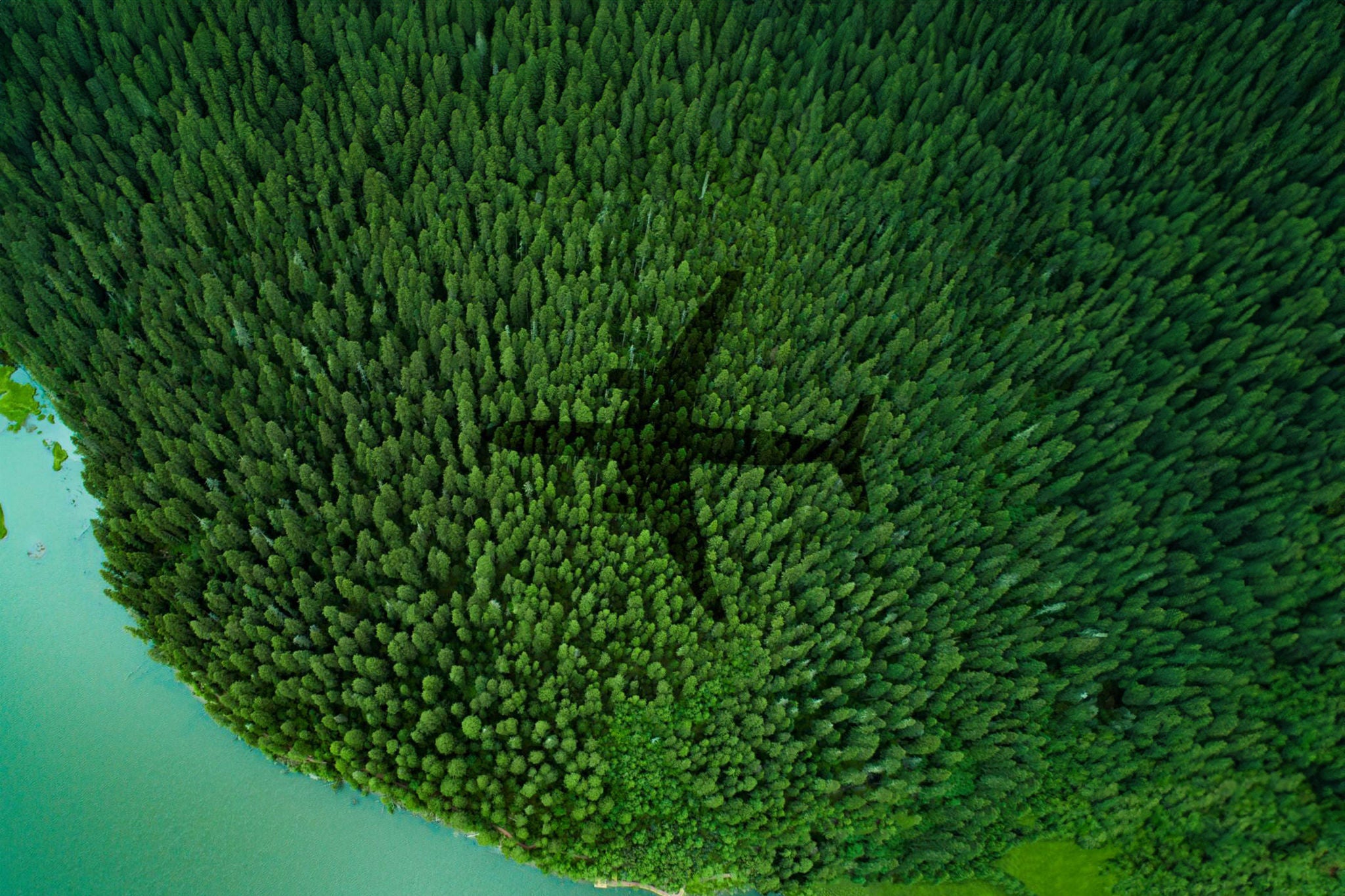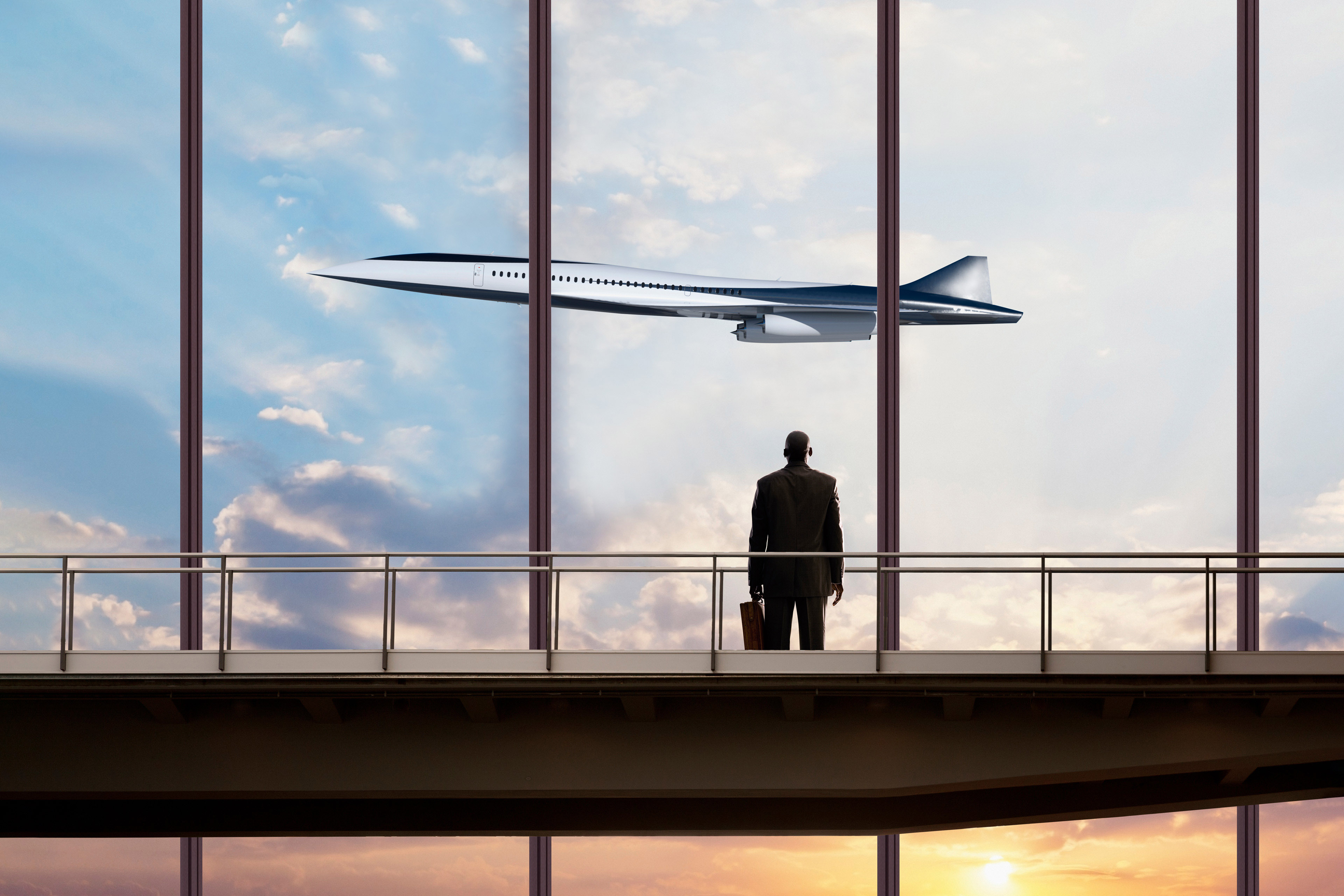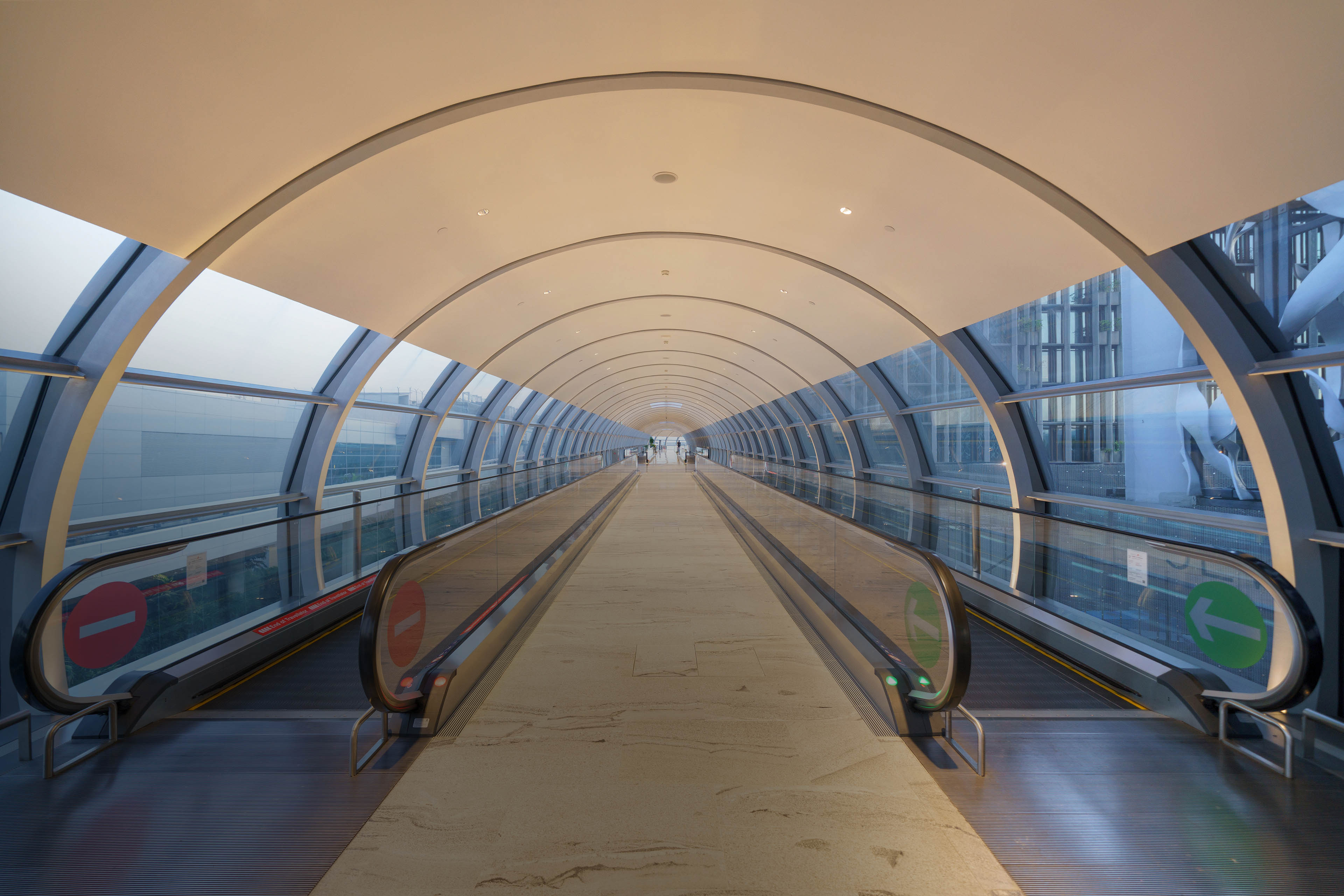EY refers to the global organization, and may refer to one or more, of the member firms of Ernst & Young Global Limited, each of which is a separate legal entity. Ernst & Young Global Limited, a UK company limited by guarantee, does not provide services to clients.
How EY can help
-
EY teams can help address ESG and sustainability issues, investor concerns and improve ESG performance. Find out how.
Read more
The aviation net-zero aspiration
The civil aviation industry has set an ambitious target of achieving net-zero emissions by 2050 while the fleet is expected to double. Industry stakeholders have proposed several pathways and scenarios to achieve net-zero from the projected baseline. A consistent theme in all these scenarios is the expectation that over two-thirds of the reduction will come from drop-in sustainable aviation fuel (SAF), with aircraft technology improvements contributing an additional 15% to 30% of the reduction and the rest from air traffic operational improvements, carbon credits and offsets.
The challenge in achieving net-zero emissions
Achieving net-zero will require industry and government stakeholders to invest over a trillion dollars during the next two decades. The transition technologies required to achieve the aspiration are either in early stages of readiness or scalability with barriers to be overcome.
SAF capacity, which is at 0.3% of all jet fuel used today, needs to exponentially scale to meet the demand. Regulatory mechanisms, policies and incentive structures will be required along with global collaboration among stakeholders to enable the availability and economic viability of SAF.
Key transition aircraft and propulsion technologies like hydrogen, electric and hybrid electric are in early stages. Hence, industry will likely have to rely on improvements within the confines of conventional architecture now, while maturing new architectures over the next decade and a half. Over the past 60 years, current aircraft and propulsion technologies have enabled considerable improvements in emissions, durability, and safety. Specifically, each new clean sheet or major new program has improved fuel burn by 15%. Industry is optimistic to realize a similar level of improvement in the next clean sheet platform in spite of pushing the efficiency frontier of conventional architecture and the Brayton cycle. Development of new clean sheet aircraft typically takes eight to ten years from announcement to entry into service, and five to seven years after that to ramp up production. In addition, the business model for several aircraft systems and notably propulsion is such that over 75% of lifecycle revenue comes from aftermarket, and peak aftermarket revenue happens 10 to 15 years after entry into service. If a new clean sheet platform were to be announced today (2024), entry into service will likely be around 2034, and peak aftermarket for propulsion would fall around 2045–50. Given the business model for both OEMs and airlines, it is inconceivable for these aircraft to be replaced in 2050 by new aircraft with transition technologies to meet net-zero targets.






